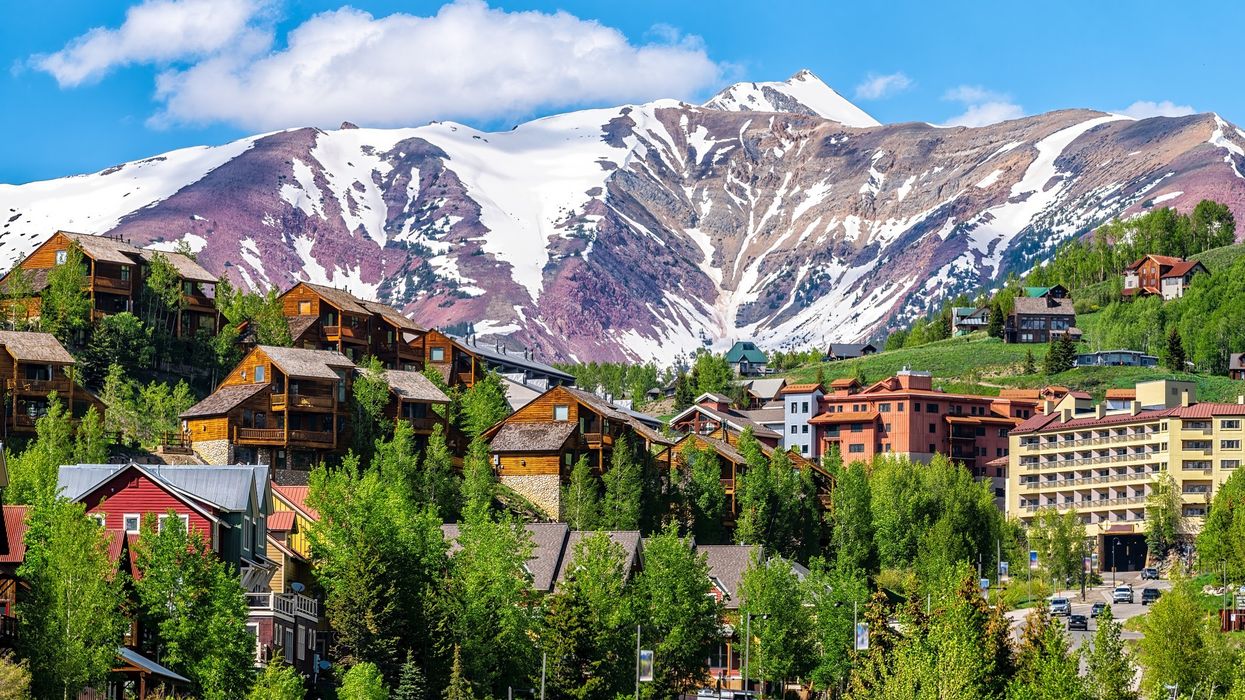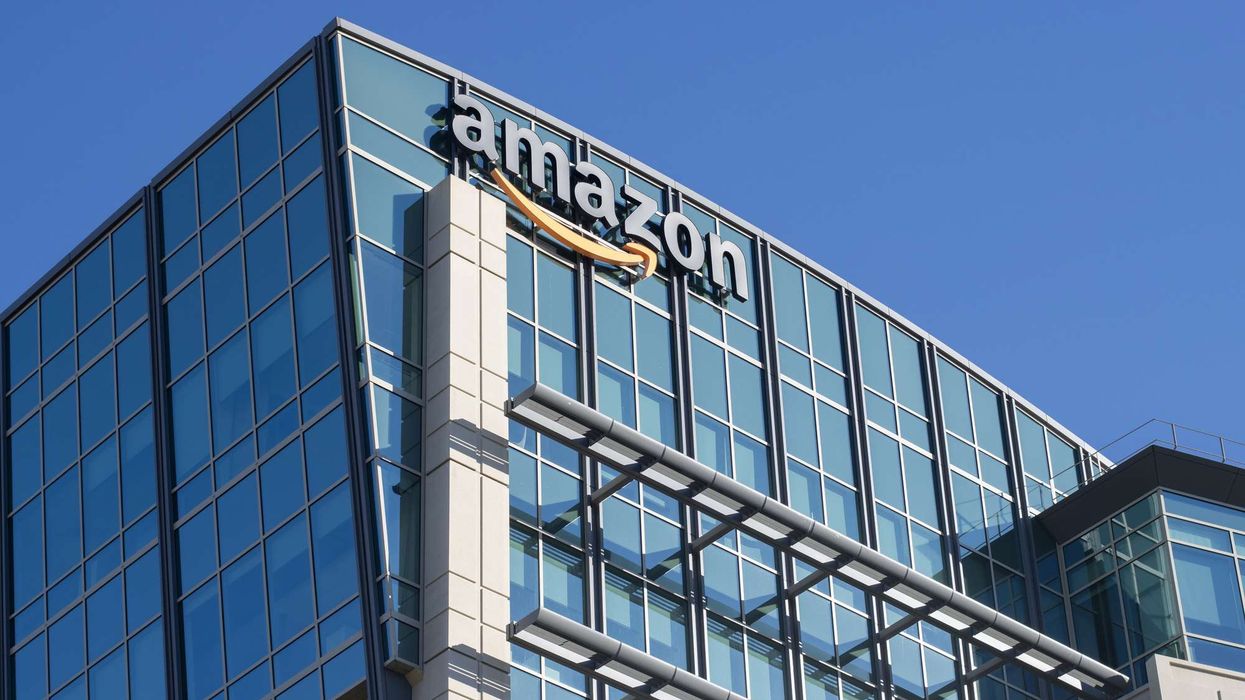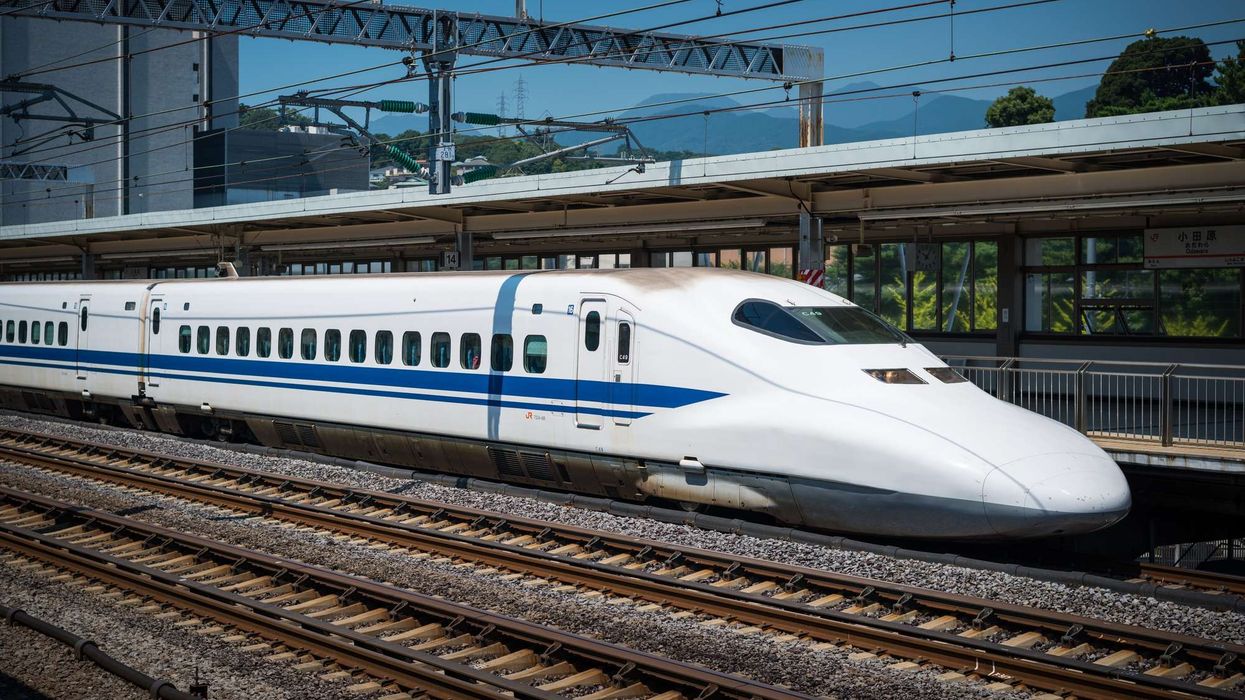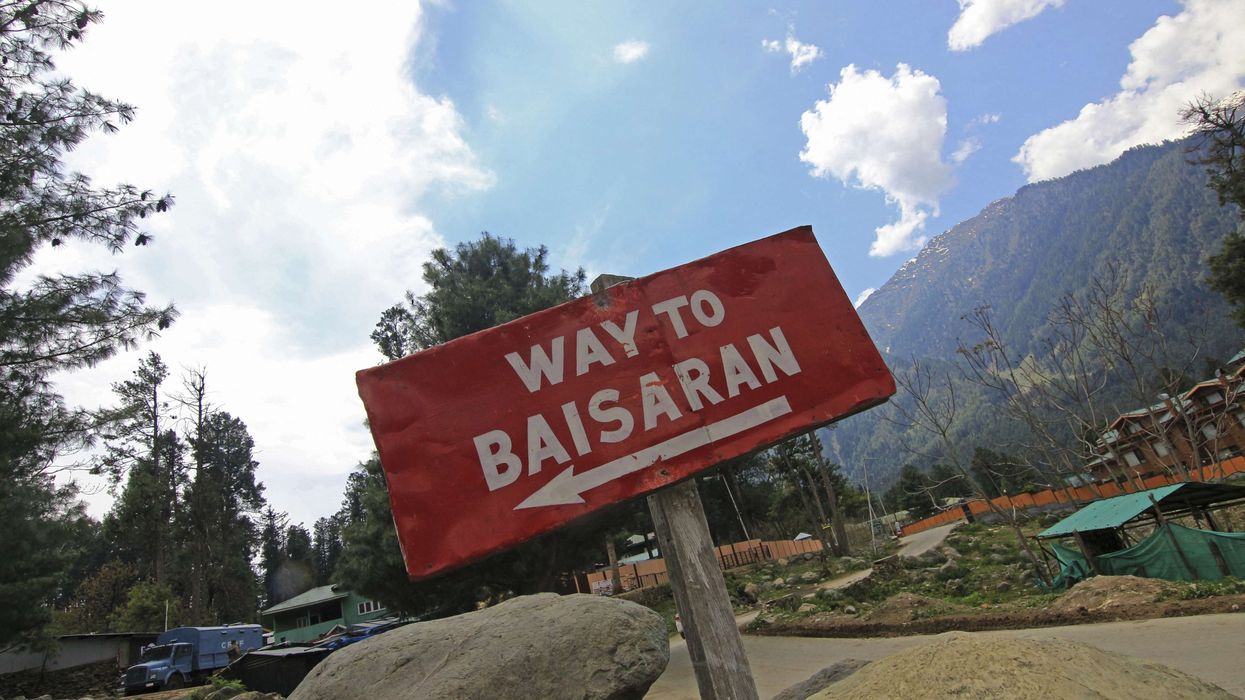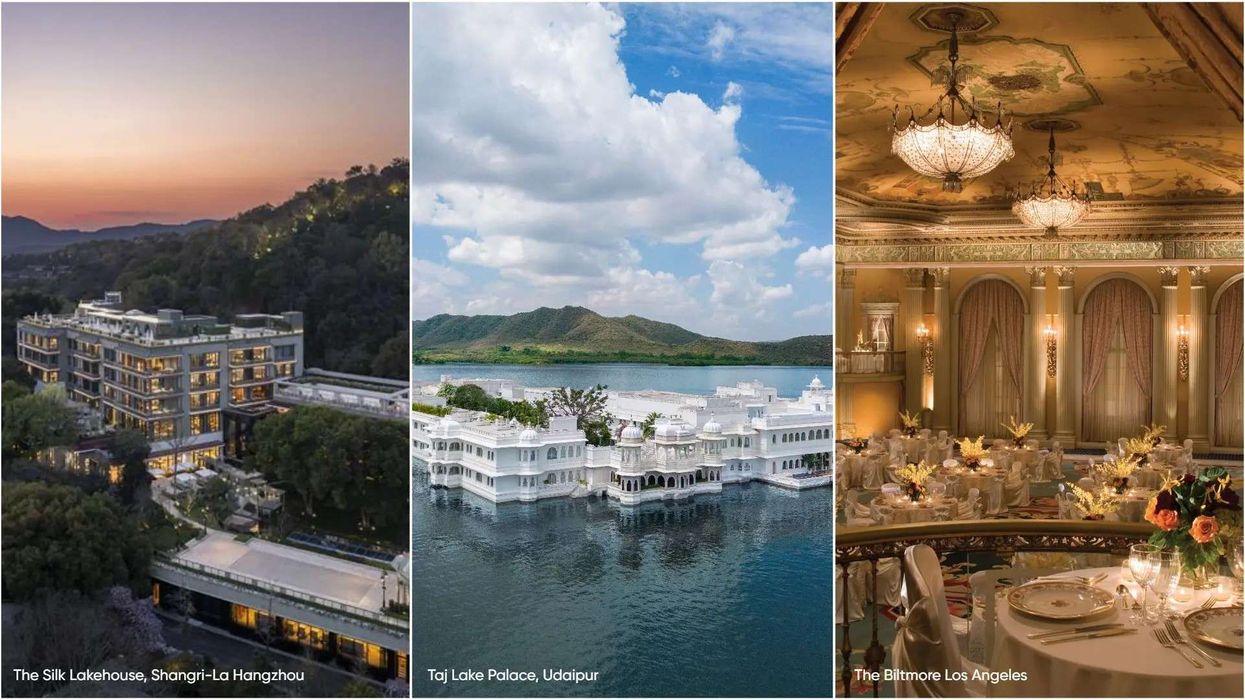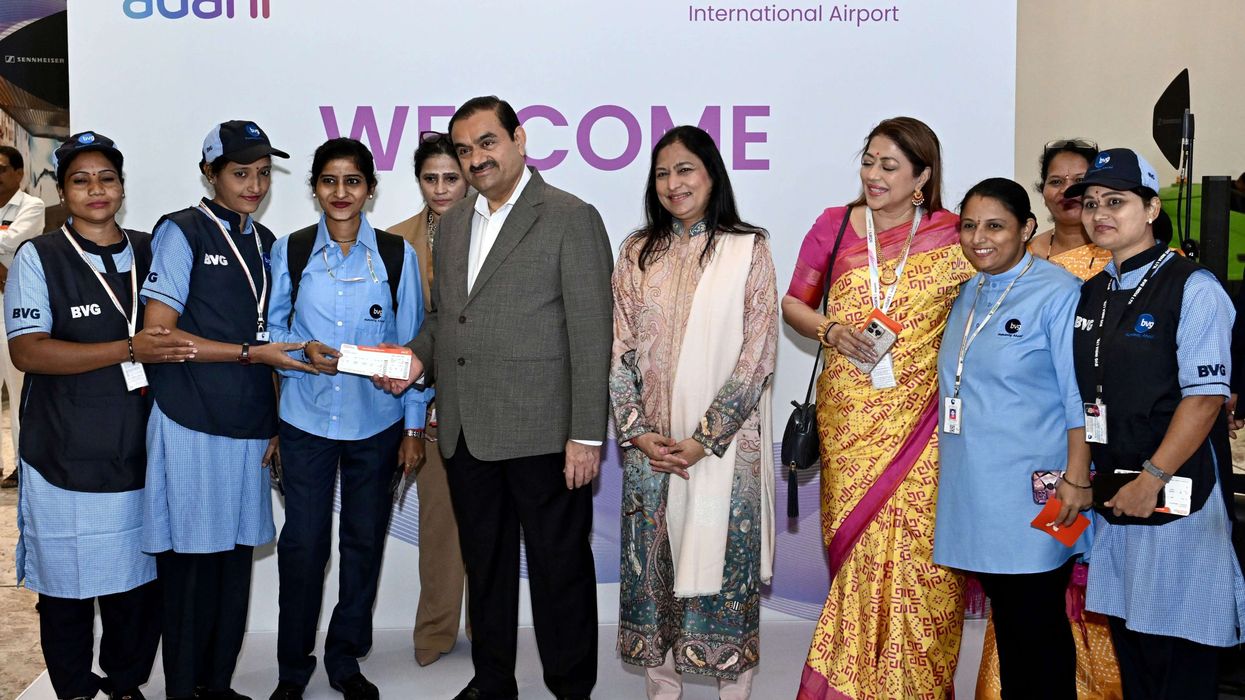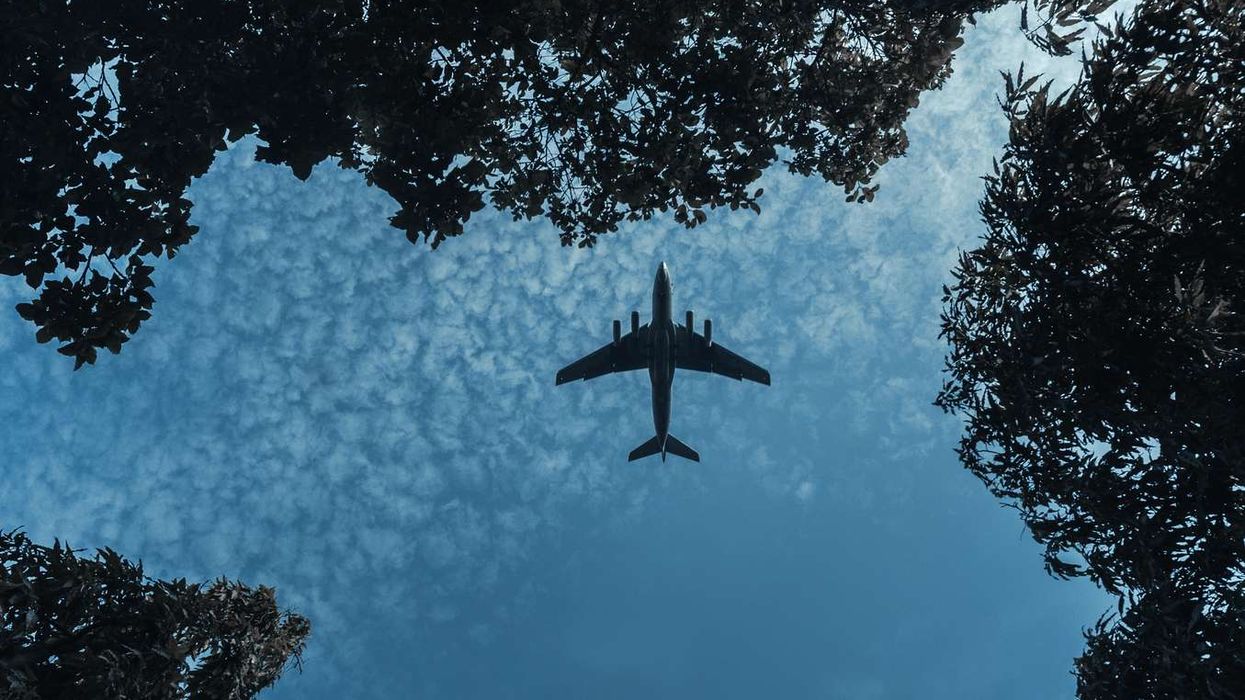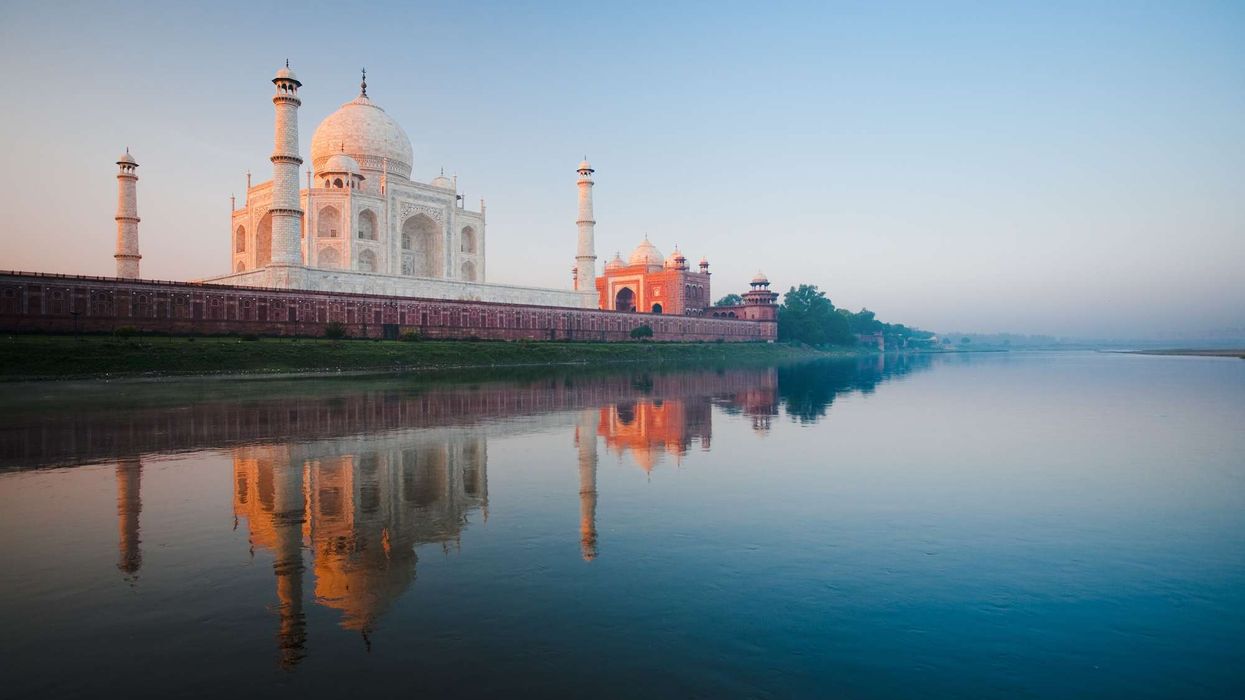Summary:
- International tourism to U.S. western mountain destinations fell in May, lowering occupancy 0.7 percent, according to DestiMetrics.
- Summer booking hesitancy persisted as bookings from Canada, Europe and Mexico declined.
- DestiMetrics tracks data from about 28,000 lodging units across 17 mountain destinations in seven western states.
MOUNTAIN DESTINATIONS IN the western U.S. saw a drop in international tourism in May amid economic uncertainty, affecting resort occupancy, according to DestiMetrics. ADR rose 2 percent, while occupancy fell 0.7 percent year over year.
Despite some recovery in financial markets and economic indicators, summer booking hesitancy persisted and international bookings from Canada, Western Europe and Mexico continued to decline, the report found.
“The financial and political turbulence of the past few months continues to impact bookings—even with some good economic news and an uptick in consumer confidence during May,” said Tom Foley, Inntopia’s senior vice president of business intelligence. “Memorial Day weekend, the unofficial kick-off to the summer season, was pretty ‘so-so’—as expected. But the larger concern now is that the two busiest months of summer—July and August—are clearly underperforming.”
The slower booking pace in May reversed the year-over-year summer occupancy gain. With daily rates up 3.7 percent for the season, overall occupancy shifted from a year-over-year increase in April to a 1.2 percent decline by May 31, the report said.
Bookings from Canada fell 55.5 percent year over year in May across Western mountain destinations, while bookings from Western Europe declined 35.5 percent and Mexico bookings dropped 5.4 percent, DestiMetrics revealed. Domestic bookings rose 1.7 percent. Overall summer booking pace in May was down 7.1 percent.
After several summers of year-over-year growth, occupancy for the upcoming season is down, though higher rates are offsetting some losses, it said. July occupancy is down 5.1 percent, August 0.9 percent and September 4.7 percent.
DestiMetrics tracks performance data for about 28,000 lodging units across 17 mountain destinations in Colorado, Utah, California, Nevada, Wyoming, Montana and Idaho.
Mixed bag
The Consumer Confidence Index rose 12.3 points to 98 (up 14.4 percent) in May, rebounding from April’s five-year low of 87.7, according to the Conference Board. Confidence increased across income, age and political groups. In contrast, the University of Michigan’s Consumer Sentiment Index held steady at 52.2, the first non-decline in four months. Respondents to both surveys were more optimistic about U.S.–China trade but remained concerned about wages and future inflation.
Unemployment held steady at 4.2 percent in May, but job growth slowed with 139,000 new jobs added, DestiMetrics said. March and April figures were revised down to 120,000 and 147,000, respectively. Wages continued to outpace inflation, rising 3.9 percent year over year.
Consumer prices rose 0.1 percent in May and inflation increased from 2.3 to 2.4 percent—the first rise since January.
“There is some evidence that tariff costs are being passed to consumers, but drops in energy and some commodities like vehicles and apparel have helped offset daily expenses,” Foley said. “The good news for the travel industry is that, so far, consumers are paying less to reach their destinations this summer, with gasoline prices and airfares down from last year, helping offset higher lodging costs.”
Keeping an eye on
Memorial Day weekend saw year-over-year occupancy gains of less than 1 percent over the three nights, the report said. Expectations around the July Fourth period are also trailing last year, except for July 4 (up 2.8 percent) and July 5 (up 2.1 percent). All other dates from July 1 to 11 are down and continue to decline.
Economy properties priced up to $250 per night saw slight rate and occupancy increases in May, boosting revenue—the only category to show gains in occupancy or revenue, the report said. Properties priced at $251 to $400 lowered rates slightly but saw no occupancy improvement and weaker revenue. Luxury properties at $401 and above raised rates by 1.4 percent, leading to a 3.2 percent drop in occupancy.
“The most notable conclusion from this month’s data is the undeniable impact that rate is having on bookings,” Foley said. “Consumers are more price sensitive than they were during the peak inflation surges in the immediate post-pandemic period. We’re seeing a clear pattern: just about every time year-over-year daily rates rise at all, the booking pace declines—and on the rare occasions that rates have dropped, those dates pick up bookings.”
Foley observed that “the mountain lodging industry appears to be shifting to a quality-over-quantity approach—targeting fewer guests who are willing to pay more, while sacrificing higher volume.”
“And this may be a solid—if not the only—approach available right now,” he said. “As volatility continues and consumers remain cautious while awaiting the impact of tariffs on inflation, lodging properties will need to maintain balanced rate management and revisit past value-added strategies.”
A recent Deloitte study found that amid economic uncertainty and inflation, consumers are prioritizing value over low prices, prompting brands, including hotels, to adapt.
